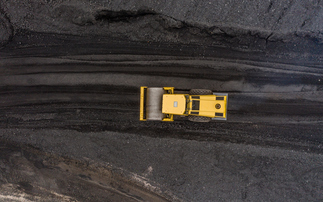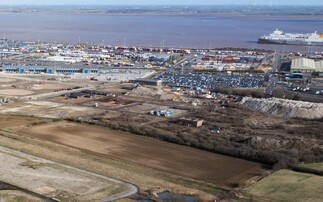The Paris Agreement commits the world to limiting global warming to 'well below' two degrees - but how much will this historic pledge cost?
Earlier this month the UK's former chief scientist, Sir David King, said the Paris Agreement reached last month would create an "enormous" new market for renewable energy, driven by the climate pledges from 195 countries that form a central part of the treaty.
This clean tech take-off will generate trillions of dollars of investment, he said, creating an unstoppable market force to carry the world on its low-carbon transition.
Research is now emerging that begins to quantify exactly what this "enormous" market will look like in cold, hard cash. Last week, Bloomberg New Energy Finance (BNEF) and non-profit CERES released a new report, Mapping the Gap: The Road from Paris, which set out to calculate exactly how much money will be needed to put the Paris pledges into practice. The report looks specifically at the investment rates needed in the electric sector to fund clean energy power development over the next 25 years, mapping the "gap" between business-as-usual and the two-degree goal.
BusinessGreen highlights the key findings below:
The low-carbon energy transition has already begun
Clean energy investment is already "poised for rapid growth" - even under business-as-usual scenarios, according to BNEF. Over the next 25 years, investment in renewable electric power generation is set to hit $6.9tr, without taking into account the impact of goals agreed at Paris.
To achieve the Paris Agreement target to limit warming to below two degrees, investment in renewable power generation will need to increase by a further $5.2tr above this $6.9tr business-as-usual baseline. At its widest, the annual gap between business-as-usual and two degrees investment rates is $292bn per year between now and 2040.
Financial markets are more than able to meet the funding gap
Although finding an extra $200bn or so of clean energy investment might seem daunting, it represents just a small fraction of the total capital available on the global financial markets, BNEF points out. Last year in the US alone consumers borrowed $1.4tr in new mortgage debt and $542bn in loans for new cars, for example. "Clearly, the financial markets have the capacity to absorb the financing "gap" between business-as-usual and two degrees," the report says.
Lower carbon investments will ramp up quickly
BNEF anticipates a sharp ramp-up in overall investment into lower-carbon technologies over the next decade, on the assumption that the world will be looking to "lock-in" the benefits of greenhouse gas reductions as early as possible.
Under the two-degrees scenario, investment in lower-carbon power generation is expected to jump to $3,539bn between 2015 and 2020, up from $1,248bn between 2010 and 2014. This is $1,449bn more than the business-as-usual projection for the same period. From there, under the two degrees model, investment jumps again between 2021 and 2025 to $4,407bn.
Lower-carbon technologies - large-scale hydro and nuclear - will account for a large share of this funding in the near term, but as the world approaches 2040 their share of investment will dwindle as the newest renewable technologies - wind and solar - take the lion's share of the cash.
Financing will diversify
At the moment most clean energy power generation projects are funded through direct loans. But there are a range of other financing options out there which could provide cheaper ways of accessing capital, BNEF says.
For example, falling equipment and installation costs could make it more appealing for system hosts - such as utility companies - to retain direct equity stakes in schemes. And as clean energy generation sites become a common component of national infrastructure they will be featured regularly in large institutional infrastructure investors' portfolios. These infrastructure investors could provide up to 15 per cent of overall debt financing, BNEF suggests.
"In essence, clean energy financing, like the asset class it supports, is poised to 'grow up' to more fully resemble other, better established infrastructure sectors such as transportation or real estate, from a financial structure perspective," the report says.
The market won't go it alone
Although the market forces driving the low-carbon transition are already at work, policymakers need to continue to drive the pace of development with policy solutions that boost clean energy deployment, BNEF says. It suggests a range of options to speed the transition, including the introduction or expansion of carbon taxes, cap-and-trade systems, tax incentives and feed-in tariffs. In addition, it says the "ratcheting mechanism" agreed in Paris - where countries will review their national climate pledges every five years to raise ambition - is essential for achieving the required scale-up in investment.
This article is part of BusinessGreen's Road to Paris hub, hosted in association with PwC.









